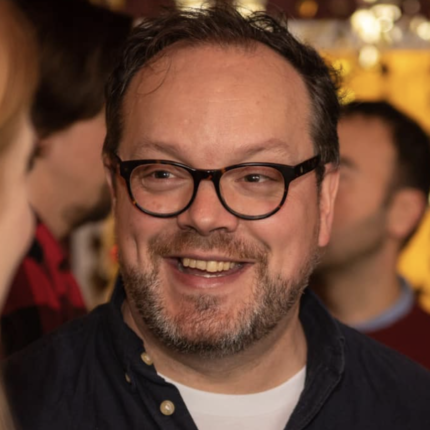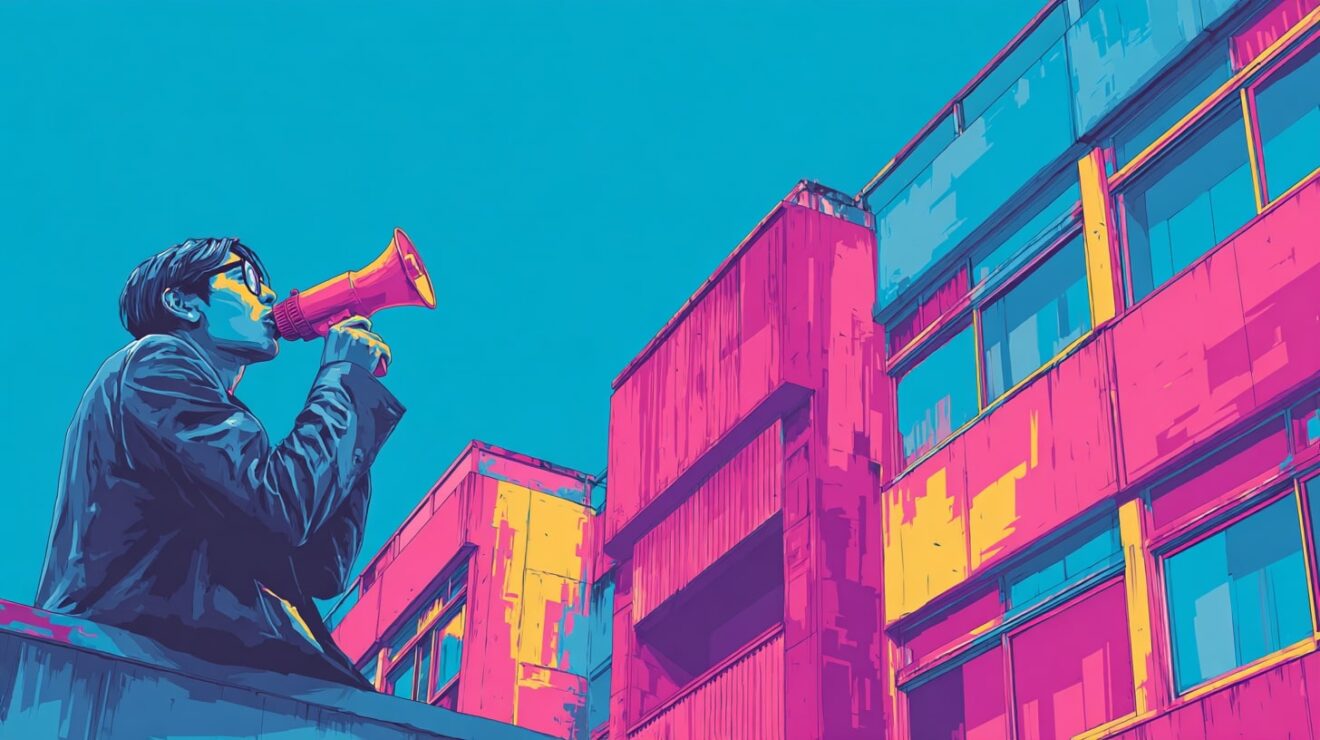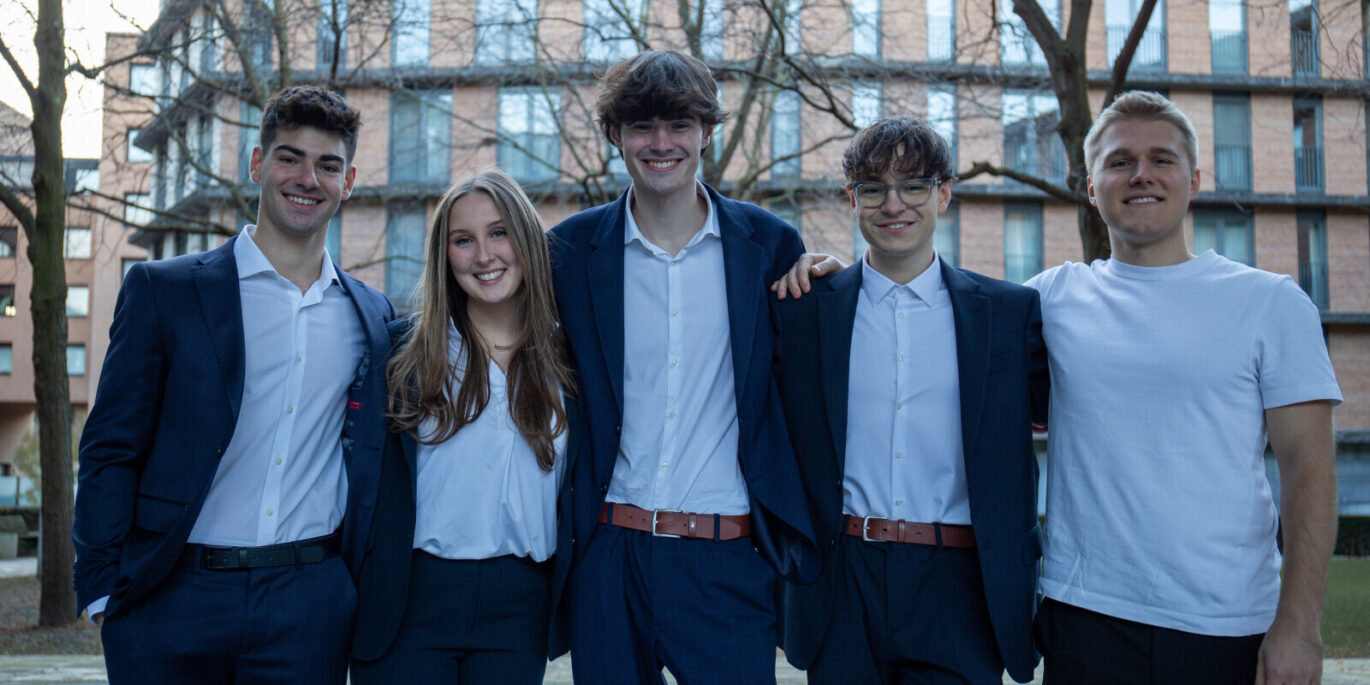Seeing people on public transport with flags tends to be something Jim is desensitized to as a Eurovision fan – so we almost missed the significance of a Metro carriage full of such revelry in Bucharest.
Back in November, Călin Georgescu ran as an independent candidate in the 2024 presidential elections in Romania, with a campaign characterized by nationalist, populist, far-right, and pro-Russian rhetoric.
He had been polling in single digits before a viral TikTok campaign calling for an end to aid for Ukraine. His pitch was that “there is no East or West” and stressed that neutrality over Russia/Ukraine was “absolutely necessary.” He also expressed significant skepticism towards NATO and the European Union and praised historical figures associated with fascist movements in Romania.
To considerable domestic and international surprise, his campaign led to an unexpected first-place finish in the first round of the election, and putting him in a good position to win in the run-off. That quickly generated allegations of Russian interference – and both during and after, students led protests against his rhetoric, with slogans like “Iubirea de țară nu e legionară” (Love for the country is not legionary) and “Vrem UE, nu KGB” (We want the EU, not the KGB). Following the declassification of some intelligence documents, a court annulled the election – and nobody knows what happens next.
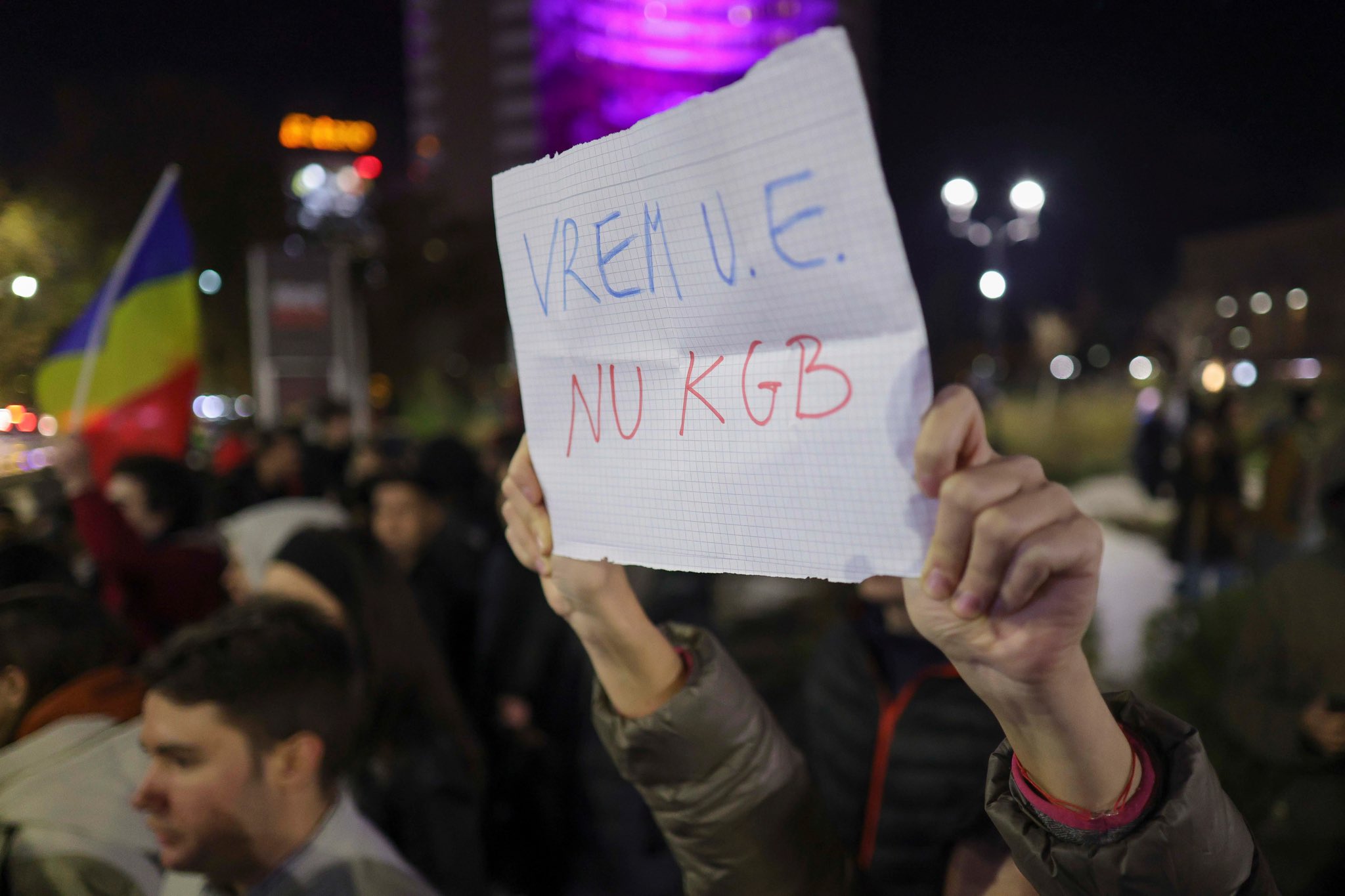
Protests on both sides have continued into and over Christmas – with pro-Russian activist Cezar Avrămuță, known as “Stegarul Dac” (The Dacian Flag-bearer), kicking off today’s festivities by climbing to the top of a crane being used in the renovation of the university, notably a building that looks over University Square. Students are slowly returning to the city this weekend ahead of the new semester – and with both sides taking to the streets to claim democracy, expect more flashpoints throughout the month.
What goes on tour
It’s one of the remarkable things we’ve come across on Day -1 of this year’s Wonkhe SUs study tour around the Visegrad countries of Hungary, Poland, Slovakia and Czechia.
Today around 40 students’ union officers and staff from across the UK will make their way to the Hungarian capital Budapest to begin a coach trip aimed at fostering links with and learning from others representing and serving students – and while the trip doesn’t officially start until Monday morning, a small group of us decided to start some 836km south in the Romanian capital of Budapest instead – a city with a proud history of students driving change.
In the western city of Timișoara in December 1989, Nicolae Ceaușescu (the second and last communist leader of Romania) had attempted to remove a Hungarian Reformed pastor, László Tőkés, who was an outspoken critic of Ceaușescu’s oppressive policies.
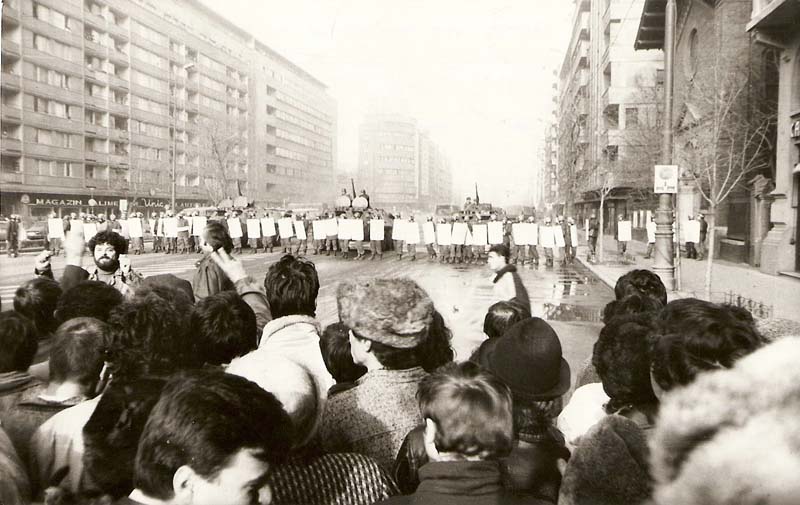
Student protests erupted, initially focused on defending Tőkés but quickly morphing into broader anti-regime demonstrations – and because they gave voice to ordinary citizens who were fed up with what they saw as Ceaușescu’s economic mismanagement, austerity measures, and an intrusive surveillance state, others soon joined.
The movement spread quickly – the city’s university campuses became hubs of resistance, and the regime’s response was predictably brutal. Security forces, including the feared Securitate, fired on demonstrators, resulting in numerous deaths and injuries – including of students. But rather than quelling dissent, the response fuelled it.
News of the Timișoara massacre spread, largely thanks to students’ efforts to smuggle information to international media. That helped galvanise protests across the country, and five days later Bucharest became a focal point of revolutionary fervour.
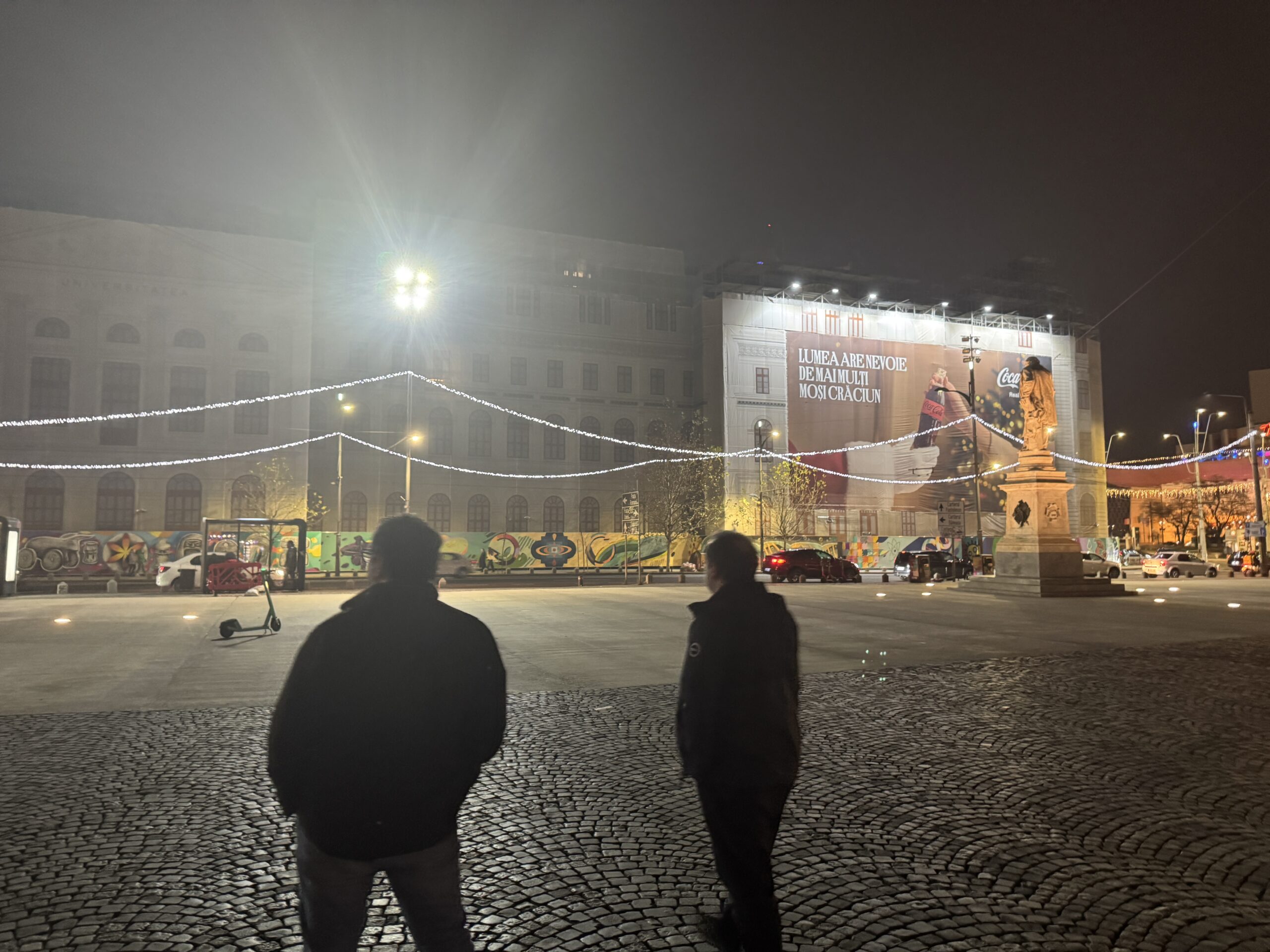
University Square became the centre of protests and barricades demanding the removal of the communist regime and free elections. By the morning of December 22, the anti-communist revolt had grown so big that the army itself joined the demonstrators. The protesters occupied Palace Square, stormed the Central Committee headquarters, and forced Ceauşescu to flee – leading to the collapse of the communist state.
TRUST them
It’s not all flares, face paint and banner-making. After the revolution, student organisations were among the first to voice aspirations for democracy and reform – but it took another five years to form ANOSR (Alianța Națională a Organizațiilor Studențești din România) as a confederation of independent student organisations focussed on issues like higher education reform, student rights, and European integration.
Separately UNSR (Uniunea Națională a Studenților din România) has older roots, and was initially seen as the dominant voice for students – but evolved into an organisation focussed on cultural, social, and celebratory events. And USR (Uniunea Studenților din România) campaigns for student rights, educational standards, and policy reforms at both institutional and governmental levels.
Only about 3 in 10 students live in student accommodation, and about 40 per cent of students engage in paid employment during their studies. That’s partly about the low participation rate – bottom amongst EU countries at 19.3 per cent of 25 to 34 year-olds attaining tertiary education against the EU average of 34.3 per cent.
Even the other ex-communist countries do better – Lithuania (46%), Estonia (42%), Poland (38%), and Slovenia (34%), and the gap between Romania and the European average has been widening. To address that ANOSR has been campaigning hard to get HE up to European standards – and subsidies for state university dormitories, a 90 per cent discount on public transport and new state-guaranteed, subsidized loans for students, as well as ANOSR’s own WP outreach efforts, should help too.
Given it’s pretty much entirely volunteer-run, some other impressive projects have emerged from ANOSR in recent years. TRUST focuses on creating safe and equitable university environments free from sexual harassment and discrimination with online awareness campaigns, detailed monitoring of university policies and its member associations promoting awareness in high schools all part of the mix.
The FSDC (Student Development Forum for Romania) is a platform for discussing pressing issues in education, identifying challenges, and proposing solutions to improve the student experience and higher education policies – with workshops, expert panels, and networking opportunities to empower student representatives with the skills and knowledge to influence decision-making processes effectively.
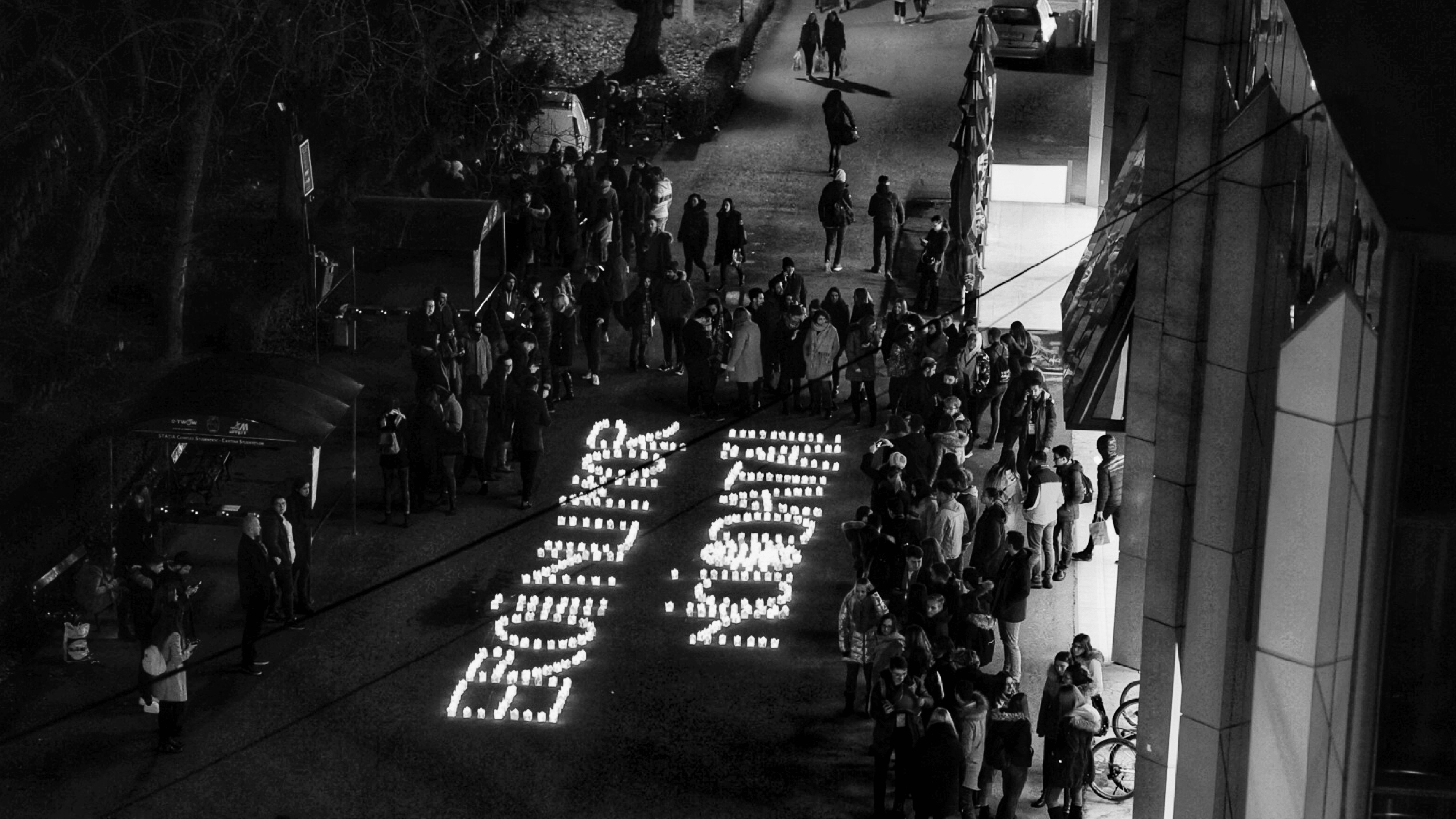
“We Know What We Want, But Who Takes Responsibility?” campaign talks of the lack of accountability in implementing policies that directly impact students and calls for meaningful dialogue between students, universities, and the government. “We Are Next!” is about the importance of investing in young people and higher education as a foundation for Romania’s future.
And because, unlike in the UK, there’s a proper Code of Student Rights and Obligations in State Universities in Romania – that guarantees everything from transparent grading, participation in decision-making, protection against discrimination to access to resources like libraries, dormitories, and scholarships – it has a project on that monitors compliance with that code too.
We’re on a fourteen hour sleeper train to Hungary now, where we’ll be hanging out in with HÖKs in Budapest and trying to understand its unique system of academic extracurricular colleges. See you on the other side.



